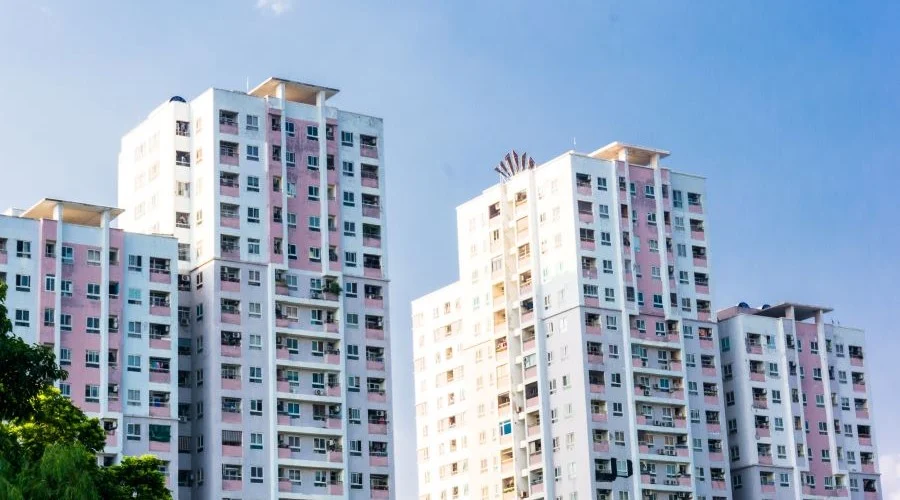For residents of high-rise condominiums, indoor air quality presents challenges and considerations that differ from those in landed properties. Modern developments like those featured on faber-residences.sg often highlight luxury finishes and stunning views. Still, the invisible aspect of air quality deserves equal attention from prospective buyers and current residents. Understanding what you’re breathing inside your condominium can help you make informed choices about your living environment.
Height-related air quality factors
A condominium’s elevation creates distinct air quality conditions that vary dramatically from ground-level residences and even between different floors of the same building.
- Higher floors typically experience lower levels of street-level pollutants like vehicle emissions
- Particulate matter concentrations generally decrease with building height
- Wind patterns intensify at higher elevations, affecting ventilation when windows are open
- Temperature inversions can trap pollution at specific height bands depending on weather conditions
- Upper floors may receive less impact from nearby construction dust and debris
- Pollen concentrations often decrease at higher elevations, benefiting allergy sufferers
These vertical variations mean that air quality can differ significantly between the lower and upper floors of the same development. While upper floors generally benefit from reduced ground-level pollutants, they may face other challenges, such as stronger winds that limit natural ventilation options or building-specific issues that affect all floors equally.
Ventilation system impacts
Central HVAC systems in many condominiums recirculate a percentage of indoor air to maintain energy efficiency. This recirculation can concentrate indoor pollutants when filtration proves inadequate. Fresh air intake locations critically affect quality, with poorly positioned intakes potentially drawing in garage fumes, kitchen exhausts, or cooling tower emissions. Maintenance schedules for air handling equipment directly impact performance and air quality. Neglected systems with infrequent filter changes or duct cleaning become breeding grounds for mould, bacteria, and dust accumulation. Buildings with dedicated fresh air supply systems typically provide superior ventilation compared to those relying primarily on recirculated air, though both require proper maintenance.
Common indoor air contaminants
Condominium environments harbour several prevalent air quality challenges that residents should recognise and address to protect their health.
- Volatile organic compounds (VOCS) from new furniture, carpets, and building materials
- Cooking byproducts, including particulate matter, nitrogen dioxide, and carbon monoxide
- Cleaning product chemicals that release harmful compounds into the air
- Mould spores that develop in humid areas, particularly bathrooms and kitchens
- Dust mites and their allergenic waste products that accumulate in bedding and upholstery
These contaminants exist in most homes but can become concentrated in condominium units due to limited natural ventilation options and shared air systems. While energy efficient, the tight construction of modern high-rises reduces natural air exchange that might otherwise dilute these pollutants. This sealed environment makes mechanical ventilation quality and resident practices particularly important for maintaining healthy air.
Improvement strategies within your control
Despite the structural and system limitations of condominium living, residents can implement several effective measures to enhance their indoor air quality. Choose low-VOC paints, furniture, and household products to reduce chemical emissions within your space. Maintain appropriate humidity levels between 30% and 50% to discourage mould growth while controlling dust mites. Incorporate air-purifying houseplants that naturally filter common indoor pollutants while adding aesthetic appeal to your condominium.
Regular cleaning with microfiber cloths captures dust without dispersing it back into the air, unlike feather dusters or dry cloths. These practical steps put air quality improvement within residents’ control, regardless of building systems or neighbouring activities.

